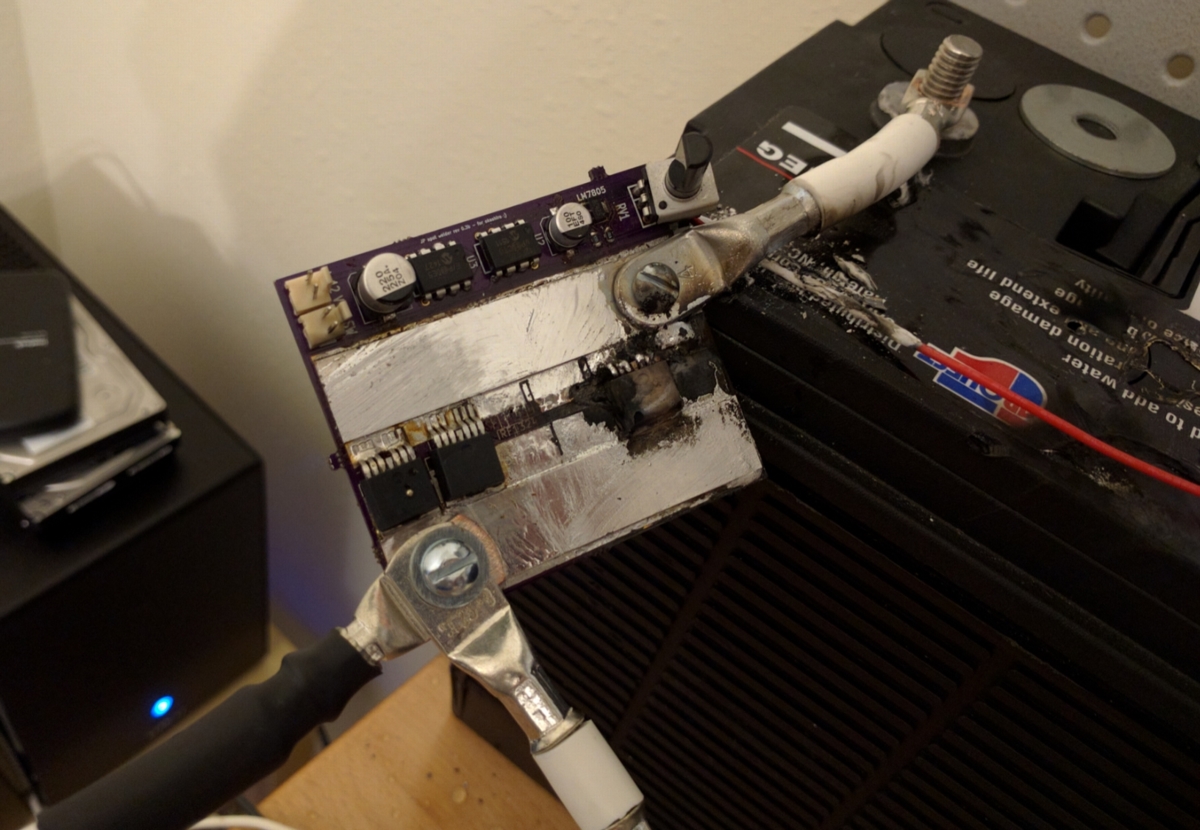mistercrash
10 kW
riba, if you go on his facebook page https://www.facebook.com/michel.bertrand.9674 you will see a few good pics of his E-Porsche 911. and a couple videos on the drag strip. Awesome machine. There's even a pic of KFF.
Quokka said:Guys, does anyone have a alternative to riva's jp spot welder?
Quokka said:Guys, does anyone have a alternative to riva's jp spot welder?
Quokka said:Guys, does anyone have a alternative to riva's jp spot welder? I am very envious of you guys that have one... As all I can find are Chinese sunko's that have mixed reviews- actually mostly negative. Looking for something with a welding pen to use on an irregular shaped pack. Any suggestions are greatly appreciated
Electrical data
- Weld current: 1100A or 400A
- Open voltage: 2.6V
- Mains current during the weld pulse: 14A
- Quiescent current: 1.6A
Maximum welding thickness
Light duty portable spot welding guns have a welding current of at least 4000A, which allow welding of 2 x 1mm low carbon steel sheets. The DIY spot welder just delivers 1100A, which is fine for welding small electronic parts. Although I have seen that people have welded 2 x 0.75 mm sheets with this kind of spot welders.
Battery tab welding parameters
For nickel plated steel strip of 0.15mm thickness, this is used most.
- Weld electrode force 400g (4N)
- Weld pulse time 100ms
- Current 1100A
- Electrode diameter 1.5mm
- Electrode outer distance 5mm
macribs said:From the DIY spot welder website
Electrical data
- Weld current: 1100A or 400A
- Open voltage: 2.6V
- Mains current during the weld pulse: 14A
- Quiescent current: 1.6A
Maximum welding thickness
Light duty portable spot welding guns have a welding current of at least 4000A, which allow welding of 2 x 1mm low carbon steel sheets. The DIY spot welder just delivers 1100A, which is fine for welding small electronic parts. Although I have seen that people have welded 2 x 0.75 mm sheets with this kind of spot welders.
Battery tab welding parameters
For nickel plated steel strip of 0.15mm thickness, this is used most.
- Weld electrode force 400g (4N)
- Weld pulse time 100ms
- Current 1100A
- Electrode diameter 1.5mm
- Electrode outer distance 5mm
Do you think this will be able to do 0.2mm thick nickel strips?
fechter said:I always seemed to get some sticking when it was making good welds. Rocking the tip or twisting it would break it loose easily. With handheld electrodes, this is easy in practice. I'm not aware of a good way to completely prevent sticking. It seemed if the contact was a bit poor, sticking was more likely. Cleaning the nickel first seemed to help.
fechter said:I always seemed to get some sticking when it was making good welds. Rocking the tip or twisting it would break it loose easily. With handheld electrodes, this is easy in practice. I'm not aware of a good way to completely prevent sticking. It seemed if the contact was a bit poor, sticking was more likely. Cleaning the nickel first seemed to help.
I'd like to see a pic of a 36s,36p pack
That's like 10x bigger than my bike pack.
markz said:Congrats fetcher, on 10k+ posts!
I believe this was the milestone post.
fechter said:Wow, that's like 1/3 of a Tesla pack. Don't drop a wrench into that baby.
Nice work.

okashira said:Don't connect the diode backwards.
It doesn't go well.
Fires will ensue.
